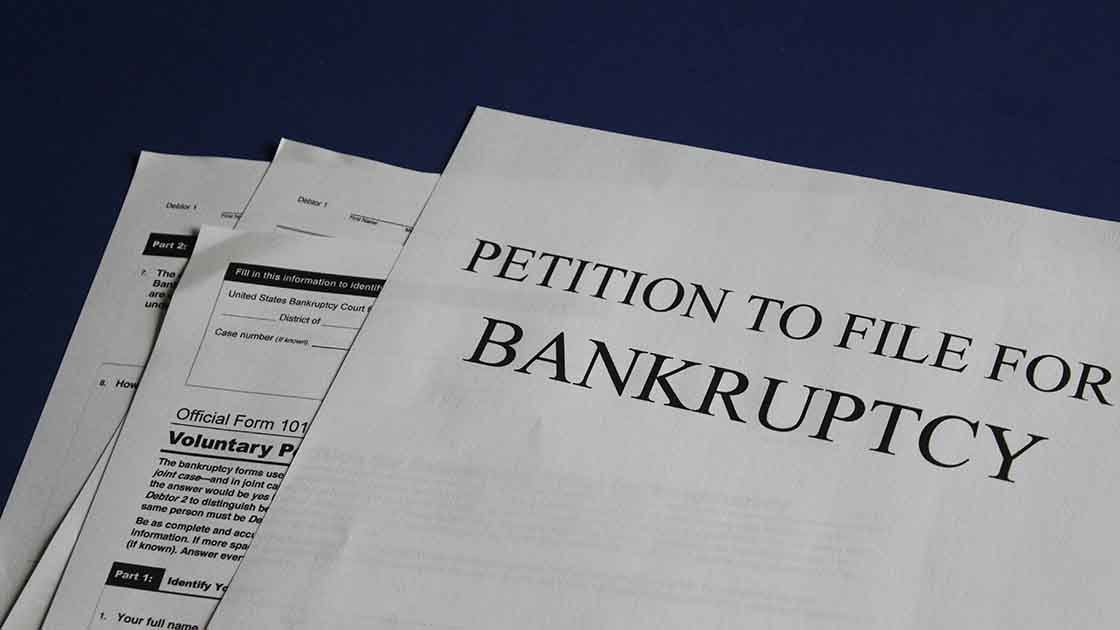Chapter 11 bankruptcy is a legal process that allows businesses to restructure and reorganize their debts while continuing to operate. It is often referred to as "reorganization" bankruptcy and is commonly used by corporations, partnerships, and small businesses. Here are some key points to understand about Chapter 11 bankruptcy:
· Purpose: The primary goal of Chapter 11bankruptcy is to give a company the opportunity to restructure its operations and debts in order to become profitable again. This can involve renegotiating existing contracts, selling off assets, and developing a plan to repay creditors over time.
· Continued Operations: Unlike other forms of bankruptcy, Chapter 11 allows the business to remain open and operational during the restructuring process. This is beneficial as it enables the company to generate income and preserve its value while working towards financial stability.
· Debtor in Possession: In a Chapter 11 case, the existing management typically continues to run the day-to-day operations of the business as a "debtor in possession." However, a bankruptcy court may appoint a trustee to oversee the reorganization if there are concerns about mismanagement or fraud.
· Creditor Involvement: Creditors play a significant role in the Chapter 11 process. They have the opportunity to vote on the reorganization plan proposed by the company and can also propose their own plans. The court ultimately approves a plan that is fair and feasible for all parties involved.
· Reorganization Plan: The company must submit are organization plan to the court, outlining how it intends to repay its debts and operate moving forward. This plan must be in the best interest of creditors and feasible for the business to implement.
· Effect on Stakeholders: Shareholders, bondholders, and other equity holders may see their investments significantly diluted or even wiped out as part of the restructuring process. On the other hand, employees, suppliers, and other stakeholders may benefit from the company's ability to continue operating.
Exit from Bankruptcy: Once the reorganization plan is approved and implemented, the company exits Chapter 11 bankruptcy. It then operates under the terms of the approved plan and continues to make payments to creditors as outlined.
March 15, 2024

